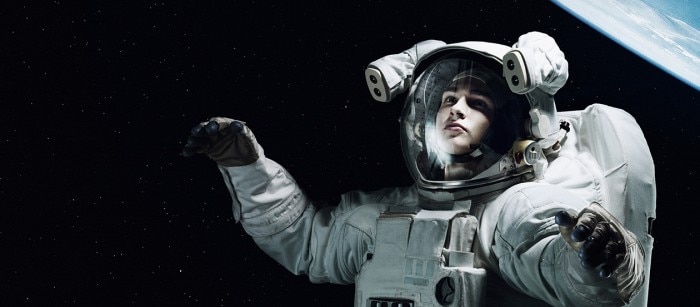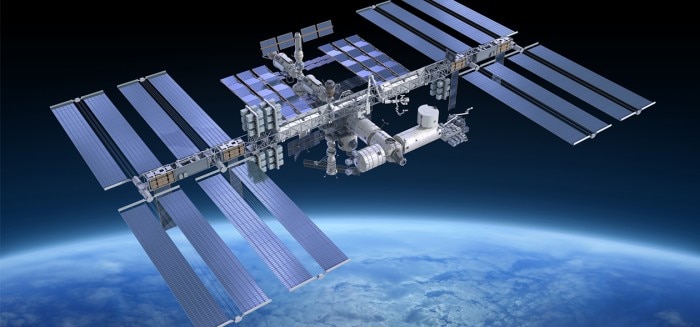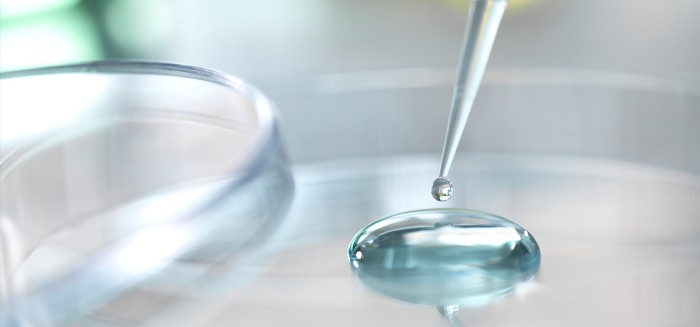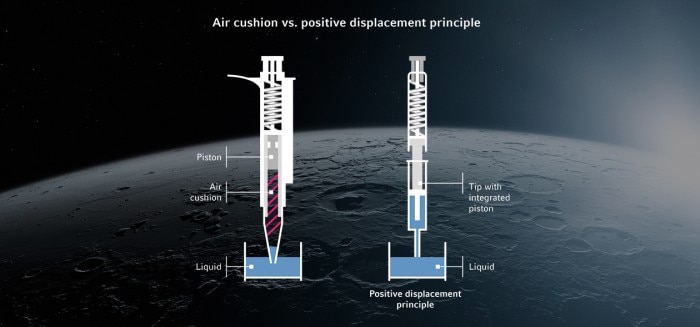MENU
CH | CHF
-
-
-
- Services pour bioprocédés
- Services pour centrifugeuse et rotors
- Services pour Mastercycler
- Services pour automates de pipetage
- Services pour congélateurs
- Services pour incubateurs
- Services pour agitateurs
- Services pour appareils de photométrie
- Service de contrôle de la température et de l’agitation
- Service pour pipette
-
-
-
-
- Services pour bioprocédés
- Services pour centrifugeuse et rotors
- Services pour Mastercycler
- Services pour automates de pipetage
- Services pour congélateurs
- Services pour incubateurs
- Services pour agitateurs
- Services pour appareils de photométrie
- Service de contrôle de la température et de l’agitation
- Service pour pipette
-
CH | CHF
-
- Centrifugeuses de paillasse
- Centrifugeuses au sol
- Centrifugeuses réfrigérées
- Microcentrifugeuses
- Centrifugeuses multi-fonctions
- Centrifugeuses haute vitesse
- Ultracentrifugeuses
- Concentrateur
- Produits IVD
- High-Speed and Ultracentrifuge Consumables
- Tubes de centrifugeuse
- Plaques de centrifugeuse
- Gestion des appareils
- Gestion des échantillons et des informations
-
- Pipetage manuel & distribution
- Pipettes mécaniques
- Pipettes électroniques
- Pipettes multicanaux
- Distributeurs et pipettes à déplacement positif
- Automates de pipetage
- Distributeurs sur flacon
- Auxiliaires de pipetage
- Pointes de pipette
- Consommables d’automatisation
- Accessoires pour pipettes et distributeurs
- Accessoires d’automatisation
- Services pour pipettes et distributeurs
Sorry, we couldn't find anything on our website containing your search term.

How to Prepare for Space – and Beyond
Lab Academy
- countonit
- Test
During their mission, astronauts are on their own. That means they literally need to be able to do everything. And that’s quite a lot!
On board the International Space Station (ISS), astronauts take part in long-term missions performing experiments onboard and operating the station’s systems. They assemble, activate and test station components, carry out scientific experiments and even act as test subjects for life science trials. To prepare for their mission, astronauts complete a three-phase training program. During their one-year basic training they get familiar with the space agencies and their programs. Basic knowledge of space and electrical engineering as well as several scientific disciplines are covered as well and at the end of the basic training, they complete a diving course as a basis for extravehicular activities. Under water, the astronauts in their space suits can float – almost – as they do in space. The buoyancy of their bodies when diving is similar to weightlessness. Last but not least they receive Russian language classes, behavioral and performance skills training. The second phase is a one-year advanced training, focused on skills required on any ISS mission: operation and maintenance of ISS modules, systems, payloads and transporters, handling of resources and data, robotics, navigation, maintenance, onboard and extravehicular operations, knowledge of payloads, medical understanding and even a paramedic training for two crew members per flight. The final training phase is called increment-specific training. It provides the crews with the complete knowledge and skills required for their mission. This approximately 18-month phase also strengthens the bonds and team spirit of the crews.
Lire moins

The importance of identical working practices
Since every astronaut can fail during the mission, the other team members must be able to take over his or her scientific tasks at any time. Especially for laboratory work it is therefore crucial that all team members train the exact same procedure. This is particularly important when dealing with liquids, as different pipetting techniques and pipetting habits could massively corrupt the row of results – and since conventional scales are useless in zero-gravity, astronauts will have to rely on volumetric data instead of weighing out masses. Thus, astronauts not only have to learn how to pick the right pipette to handle challenging liquids but also how to do the maintenance on their own. At the very least, non-astronauts are spared the professional calibration and maintenance of the pipettes – on Earth, this is ideally done by the manufacturer.
To train and educate all team members in exactly the same way is also a very good idea for any laboratories on planet Earth, as this improves the flexibility of the team while securing the quality of results.
Lire moins

Special training: How to pipette in space
One of the frequently recurring activities in scientific work is pipetting. Those who are used to work in a terrestrial laboratory will ask themselves whether it is even possible to work in zero-gravity conditions with air cushion pipettes. In fact, the differences are not really that significant: in absence of gravity or in free fall, liquids react directly to any force acting on them without being affected by gravity. Therefore, only two factors are decisive: the atmosphere in the space station and the surface tension of the liquid to be pipetted. Outside, in the vacuum of space, pipetting with air cushion pipettes would not be possible because pipettes have to create a negative pressure to suck up the liquid by moving air inside the pipette tip. As the atmospheric pressure on board the ISS is the same as at sea level on Earth (101.3 kPa); 1.0 atm), this is not a problem. The surface tension between the liquid and the inner wall of the pipette tip keeps the liquid together and in the pipette. Thus, the mechanism of aspiration is basically the same as on Earth. While on earth gravity helps to dispense the liquid into the intended vial, astronauts must work very carefully and always release the liquid against a wall to build up the surface tension between the target vial and the liquid. The rule of sliding the tip of the pipette against the vial’s wall when dispensing is of course also relevant on Earth.
Although it is not as essential as in space, dispensing liquid against the wall of the target vial is less susceptible to error on Earth, too.
Although it is not as essential as in space, dispensing liquid against the wall of the target vial is less susceptible to error on Earth, too.
Lire moins

In principle, reverse pipetting is used when working with air cushion pipettes in space – just like on earth for liquids with high viscosity, strong detergent solvents or high vapor pressure. This means that the pipetting button is pressed down to the second stop when the liquid is aspirated and only to the first stop when it is dispensed – so that after dispensing the correct volume, residual liquid remains in the tip. There are, of course, other techniques which do only make sense on Earth, such as prewetting of an air cushion when working with high volatile liquids to prevent dripping. To ensure the best possible results independent of the pipetting technique, care should also be taken to keep the air cushion between the piston and the liquid as small as possible. In some experiments, especially when working with nonaqueous liquids, a positive displacement pipette is the better choice. This is, because using this type of pipette leads to a better pipetting result in terms of accuracy and precision than air cushion pipettes.
Therefore, always consider which pipetting technique you are using for an experiment – and make sure that it is always used in the same way by all persons.
Inside the ISS, everything that is not attached, floats around and even the smallest impulse can impact its direction. For example, the pipette tips from a box commonly used in terrestrial laboratories would become airborne and float through the labatory – and even more dangerous: used pipette tips could turn into dangerous contaminated projectiles after their ejection.
Although they won’t come as projectiles on Earth: Be careful with your pipette tips!
Find out more from outer space, click here.
Therefore, always consider which pipetting technique you are using for an experiment – and make sure that it is always used in the same way by all persons.
Inside the ISS, everything that is not attached, floats around and even the smallest impulse can impact its direction. For example, the pipette tips from a box commonly used in terrestrial laboratories would become airborne and float through the labatory – and even more dangerous: used pipette tips could turn into dangerous contaminated projectiles after their ejection.
Although they won’t come as projectiles on Earth: Be careful with your pipette tips!
Find out more from outer space, click here.
Lire moins

